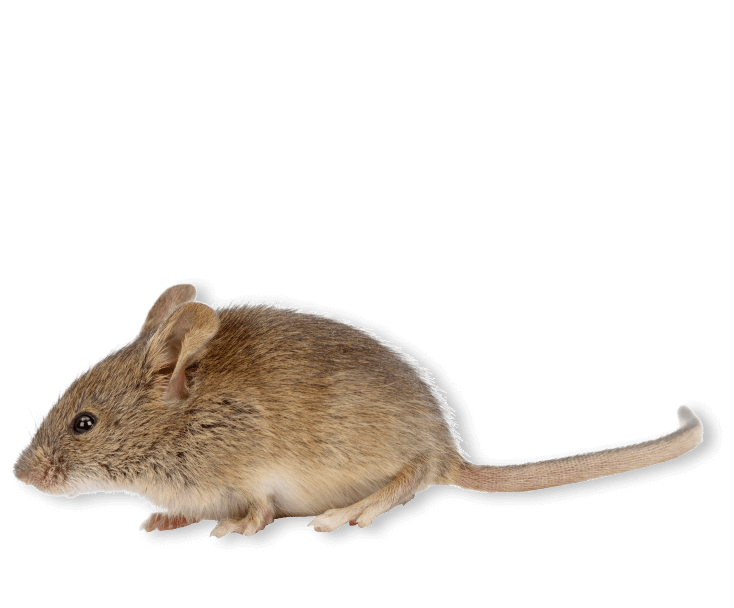
Mouse Identification
Call Now 800-901-1102

What’s a Mouse?
Mice are small rodents
There are many kinds of mice. These are the most common in Southern California.
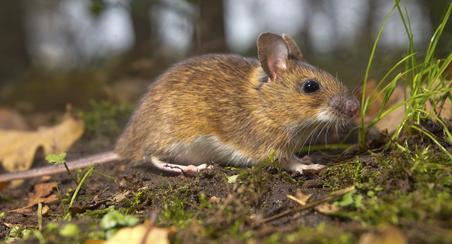
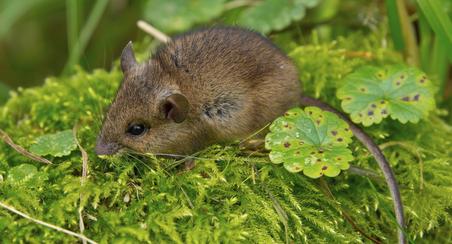
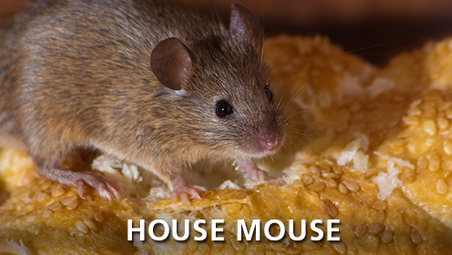
House Mouse
APPEARANCE:
The house mouse is a small, slender rodent with a slightly pointed nose; small, black, some-what protruding eyes; large, sparsely haired ears; and a nearly hairless tail with scale rings. Adult house mice weigh from 1/2 to 1 ounce. They are generally grayish brown with a gray or buff belly.
EATING HABITS:
House mice will eat many types of food but prefer seeds and grain. Foods high in fat, protein, or sugar may be preferred even when grain and seed are present. Such items include bacon, chocolate candies, butter, and nutmeats. House mice can survive with little or no water, obtaining their water from moisture in the food they eat.
LIFESTYLE:
House mice are mainly nocturnal, although in some areas a lot of daytime activity may be seen. Seeing mice during the day does not necessarily mean that a high population is present. They may nest in the ground or in any protected location. Nests are constructed of shredded fibrous materials such as paper, burlap, or other similar items, and generally have the appearance of a “ball” of material loosely woven together. Nests are usually 4 to 6 inches in diameter. During its daily activities, a mouse normally travels an area averaging between 10 to 30 feet in diameter.
MOUSE MAYHEM:
House mice can contaminate food and household items. They cause damage to buildings by their gnawing and nest-building activities. Mice often make homes in large electrical appliances, and they may chew up wiring as well as insulation, resulting in short circuits, which can create fire hazards or expensive damage.
HEALTH CONCERNS:
Among the diseases mice or their parasites may transmit to humans are salmonellosis (food poisoning), rickett-sialpox, and lymphocytic choriomeningitis. Mice may also carry leptospirosis, ratbite fever, tapeworms, and organisms that can cause ringworm (a fungal skin disease) in humans.
LIFE CYCLE:
Litters of 5 or 6 young are born 19 to 21 days after mating. They begin to make short excursions from the nest and eat solid food at 3 weeks. Mice may breed year-round and the female has 5 to 10 litters per year. Mouse populations can therefore grow very rapidly under ideal conditions
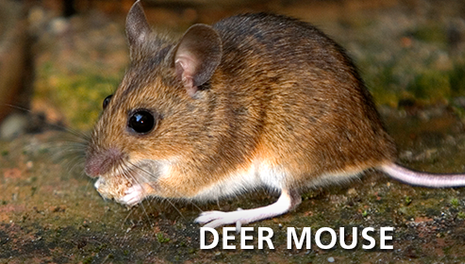
Deer Mouse
APPEARANCE:
Deer mice measure 12 to 28 cm from nose to tail. They weigh 15 to 32 grams. A deer mouse’s fur looks very similar to the coloration of deer fur, thus the name. They have grayish-brown bodies that gradually whiten at the belly and legs. Deer mice have a bicolored tail which is dark and the bottom is light.
EATING HABITS:
Deer mice are primarily herbivores. They prefer seeds, nuts, small fruits and berries, insects. Deer mice hoard food supplies and forage for food near their nesting sites.
LIFESTYLE:
Deer mice build nests within hollow logs, tree holes, and under piles of stones or logs. They are commonly found in prairies or other rural, bushy or wooded areas. If indoors, deer mice avoid humans. They prefer to live in attics, basements or crawl spaces.
MOUSE MAYHEM:
Because of their small size, deer mice can gain entry into many buildings and often enter vacated homes, and other structures where they build nests and store food. Deer mice aren’t common in urban and residential areas unless large or numerous parks and/or fields are nearby. Deer mice damage upholstered furniture, mattresses, clothing, paper, or other materials they find suitable for constructing their nests.
HEALTH CONCERNS:
Deer mice are known carriers of dangerous diseases such as hantavirus. Hantavirus pulmonary syndrome can develop from inhaling the virus when deer mouse urine or feces is disturbed. The utmost care should be employed when disposing of deer mouse droppings. The droppings and urine should be sprayed with disinfectant before sweeping them up.
LIFE CYCLE:
Deer mice can live up to five years in captivity but probably only live about a year in the wild. This shorter natural life span is primarily due to the very large number of predators that take and consume deer mice.
What kind of Rodent is it?
There are many kinds of rodents you may find on your property. Some common rodents are rats, mice, voles, gophers, squirrels and skunks. We can help you identify what has invaded your space.

Mouse transmitted disease
The following are transmitted by Mice:
 800-901-1102
800-901-1102